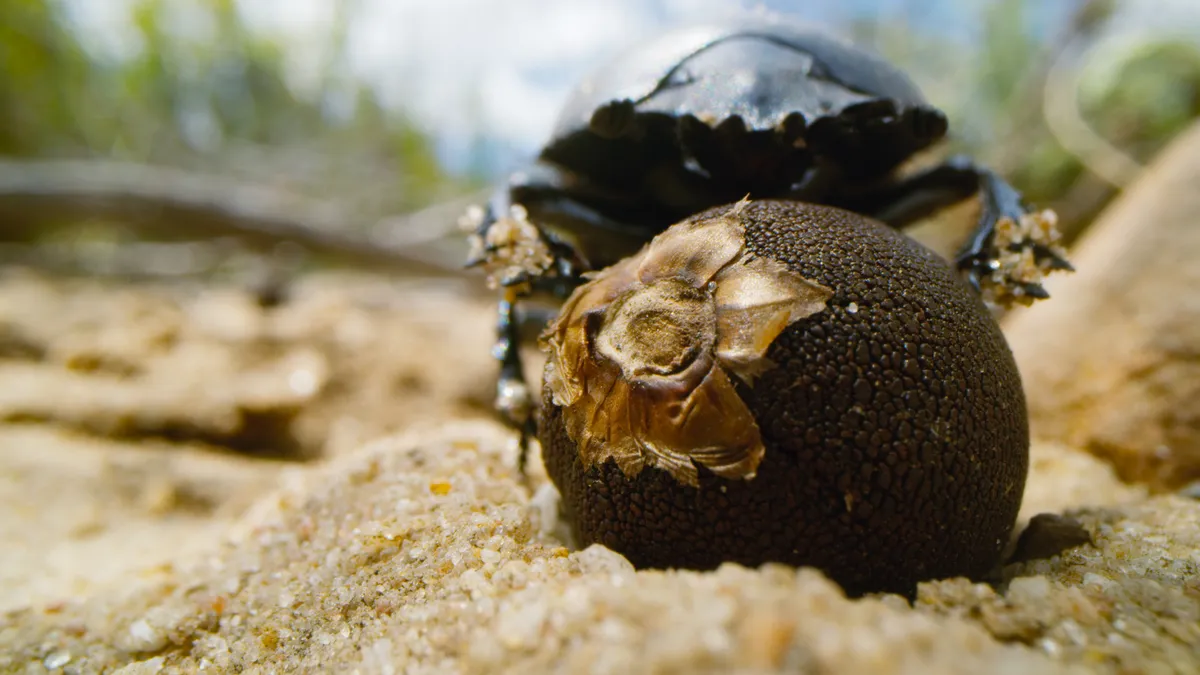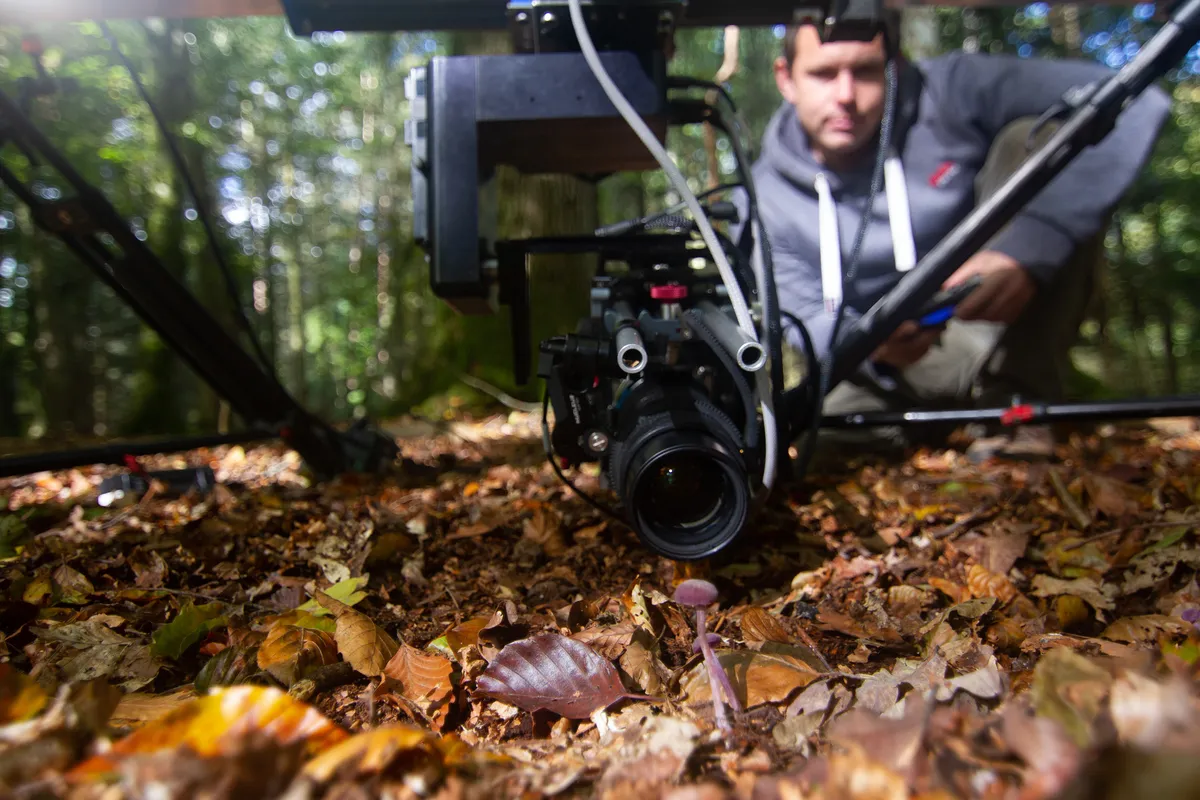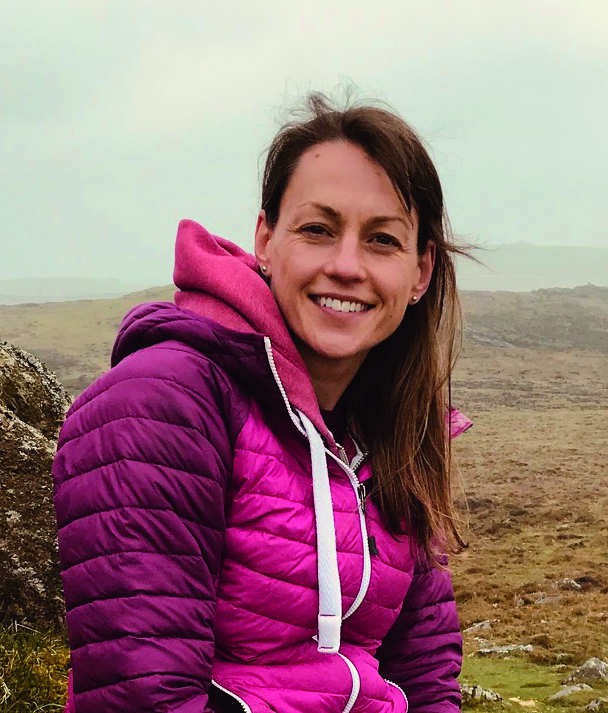Seasonal Worlds – The Green Planet episode 3 – investigates how plants survive in the world's most changeable environments, from sudden cold snaps to wild fires. Producer Rosie Thomas reveals the challenges and surprises of filming plants in such extreme, and often unpredictable, conditions.
What's the headline theme of this episode?
We look at the temperate zones of the planet, and how we're in a world of constant change. For plants, this means getting your timing right and using your small windows of opportunity. We also look at the incredible lengths to which plants go to in order to succeed.
Any filming firsts?
Yes! One is Ceratocaryum seeds being dispersed by dung beetles. Ceratocaryum is a tall, grass-like plant found in the coastal fynbos (shrubland) of South Africa. Its seeds sit in cups, and the plant flips them out when dung beetles are most active.

The seeds perfectly mimic the poo of two antelopes – eland and bontebok – on which the beetles lay their eggs. Duped, the beetles roll the seeds away from the parent plant and bury them at just the right depth for germination. They are completely conned by the plant, and it's very comical seeing them so taken in.

We also filmed a ‘frost flower’ for the first time. Sudden cold snaps at the onset of winter can cause the air temperature to drop below freezing at night, but the soil is still warm enough for a plant to function. Its sap freezes above ground, rupturing its stems. Water drawn out of these cracks then freezes into beautiful formations.
We managed to film a frost flower on a Verbesina plant in Missouri. Conditions were only right on one particular morning, and the formation melted just after sunrise. It felt like the plant's last breath before it died back for winter.
What is a standout sequence for you?
The fire lily, which also grows in the fynbos, and is also a filming first. The fynbos is part of the Cape Floristic Region, which is the most floristically biodiverse part of the planet. There are 9,000 species here, so competition for pollinators is intense. This is also an ecosystem reliant on fire – it burns every 15-20 years to stimulate growth. And this is where the firelily is interesting: it waits underground as a bulb, only flowering when the competition has been extinguished by a wildfire, usually within four days. In the ashen landscape, its red flowers are the only source of nectar for sunbirds. Once they've been pollinated, the plants retreat underground until the next fire.

We filmed the whole sequence – the flowers, the pollinators, the wildfire and the blooming firelilies – over several shoots on a private area of the fynbos. The team was trained by fire experts in how to 'read' a wildfire so they could work safely. They had to film in fireproof balaclavas, suits and boots, all the while protecting their camera kit from the flying ash and soot. Filming the sunbird pollination required more than 50 hours in a hide in the soaring heat.
What was the most challenging sequence to film?
The opening shots of David in Finland's Tykky forest. Tykky is a natural layering of ice and snow on the trees that happens each year in Finland's boreal forest. Unseasonal snowmelt had caused location difficulties, and I eventually found a lovely spot – but it was at the top of a mountain and the temperature was -18˚C. We had to find a way to get David up there safely, and all our filming kit – and because this is the Arctic Circle, the days are short.

We loaded up a fleet of snowmobiles and got up there as fast as we could. We transported David at the last minute, keeping him warm with hot water bottles, coats and blankets. Once there, he delivered this impeccable piece to camera. We got him back down just as it got dark and the snow was coming in. I was incredibly relieved when it was all over.
Did climate change affect filming?
Yes – massively. As recently as 10-15 years ago you could rely on predicted seasonal timings – a March birthing season would happen in March; October storms would arrive in October. But in the past few years, seasons have not been doing what they're meant to do – and this was the case on five or six consecutive shoots.
Two weeks prior to our Finland shoot, for instance, the snow was starting to melt, and we were only saved by a big dump at the last minute. The ruby-throated hummingbirds we filmed feeding on maple sap in Canada arrived three weeks late, so we only saw them on our final day. The following year, they arrived two weeks early. Seeing first-hand just how affected the seasons are by climate change was shocking.
Did you use any interesting filming rigs?
We used the same Triffid robots as the other episodes, and FPV drones, which I felt were a good vehicle to represent the pace of relentless change. To film the giant sequoias in California we used a motorised rope ascender, which is usually used by search-and-rescue teams to transport casualties. It allowed us to pan up and down these 90-m high trees and really capture the feeling of height.

What was your most memorable moment?
In terms of stories, I love the warty hammer orchid in Australia. It blooms in spring to coincide with the emergence of the thynnid wasp. The male wasp pollinates it, so the orchid mimics the female to lure it in, then uses a 'hinge' to flip the wasp onto its pollen sac. It's incredibly clever.
Please note that external videos may contain adverts:
Sneaky Orchid Tricks a Wasp | The Green Planet | BBC Earth
In terms of filming, it's the sequoia shoot, which was the highlight of my 20-year career. The forest is the most magical place – a cathedral of trees that have been there for 3,000 years. They are the watchmen of the forest and have seen everything come and go.
How did the pandemic prove a challenge?
It really made us think about how we tell stories. And it also made us do more in the UK, which was a positive. For example, we thought about how we could show dandelions and daisies in a new light, so we filmed them with thermal and microscopic cameras to reveal hidden details.
What do you want people to take away from this?
I'd love people to take away a better understanding and appreciation for the natural world. I'd love people to walk into a forest and realise, for instance, that the trees are talking to each other via fungal networks underground. It's mind-blowing what plants do, and it's vital that we protect them.
